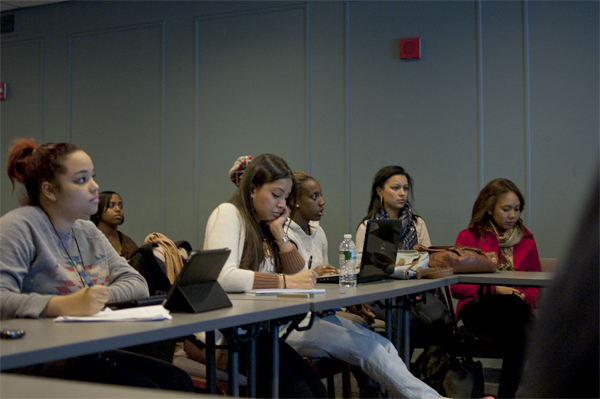

Sen. Jonathan Espinosa decided not to move forward with the proposal he made during a senate meeting to raise the student activity fee after learning that raising it would be a state-wide, rather than an exclusively local issue.
“There are more pressing issues on campus right now,” said Espinosa. “I think [this] would be a great cause but too time consuming at this moment.”
Espinosa initially wanted to raise the mandatory student activity fee because he wanted the revenue brought in from that fee to fund more college programs and events.
On all SUNY campuses, student activities and extracurricular programs are funded by the mandatory student activity fee.
At SUNY New Paltz, the fee is used to fund programs and services such as the New Paltz LOOP, The Children’s Center and campus student television, said Director of Student Activities and Union Services Michael Patterson.
Students at SUNY New Paltz are paying the state’s maximum mandatory student activity fee which is $100 per semester, or $200 an academic year. The state maximum is something the SUNY Student Assembly, an organization where SUNY students can participate in university-wide governance, has input on.
According to SUNY Central, SUNY New Paltz was the first of the 29 four-year institutions to go to the maximum amount in the 2004-05 academic year. Before going to the maximum amount, SUNY New Paltz students were charged $90 per semester, or $180 an academic year for student activity fees.
Patterson said SUNY New Paltz currently requires its students to pay the state maximum for student activity fees.
“Even if Jonathan and the Student Association wanted to raise the student activity fee there are current regulations that prevent them from raising it higher,” said Patterson.
Although it’s possible, raising the activity fee would not be an easy task. Patterson said all speculation would have to go to the Student Assembly.
The Student Association would have to go to the Student Assembly, a collection of representatives from all SUNYs, and if they endorsed Student Association’s proposal, the Student Assembly would then have to make a recommendation to the chancellor to raise the fee.
He said this would take a “very long time” since Student Assembly only meets twice during the academic year. This means that increasing the activity fee would not happen immediately.
Raising the fee would also be tough because Student Association’s on all SUNY campuses must have an input since this change would affect their schools as well, said Patterson.
“It’s a double-edged sword because Student Association could do more and provide more service [with an increase in the student activity fee],” said Patterson. “But on the flipside it would force students to pay more money … [during] a tough economic climate.”
The activity fee is set by students on this campus and it’s the only fee students have control over. They will be able to determine the cost of the student activity fee in the upcoming Student Association E-board elections. By SUNY regulations, students must vote on a referendum.
Every two years, or every fourth election, students are able to vote on whether or not they want to lower the student activity fee or keep it the same. About 10 to 12 percent of the student population must vote, according to Patterson.
In the Student Association constitution it states that, “The majority vote of the students will be held binding on the Student Association. The Student Association will honor the reasons for which the students changed the activity fee.”
In the event students vote to lower the activity fee, Patterson said although it would save students some money it could also mean there would not be enough money to support various organizations and services.
